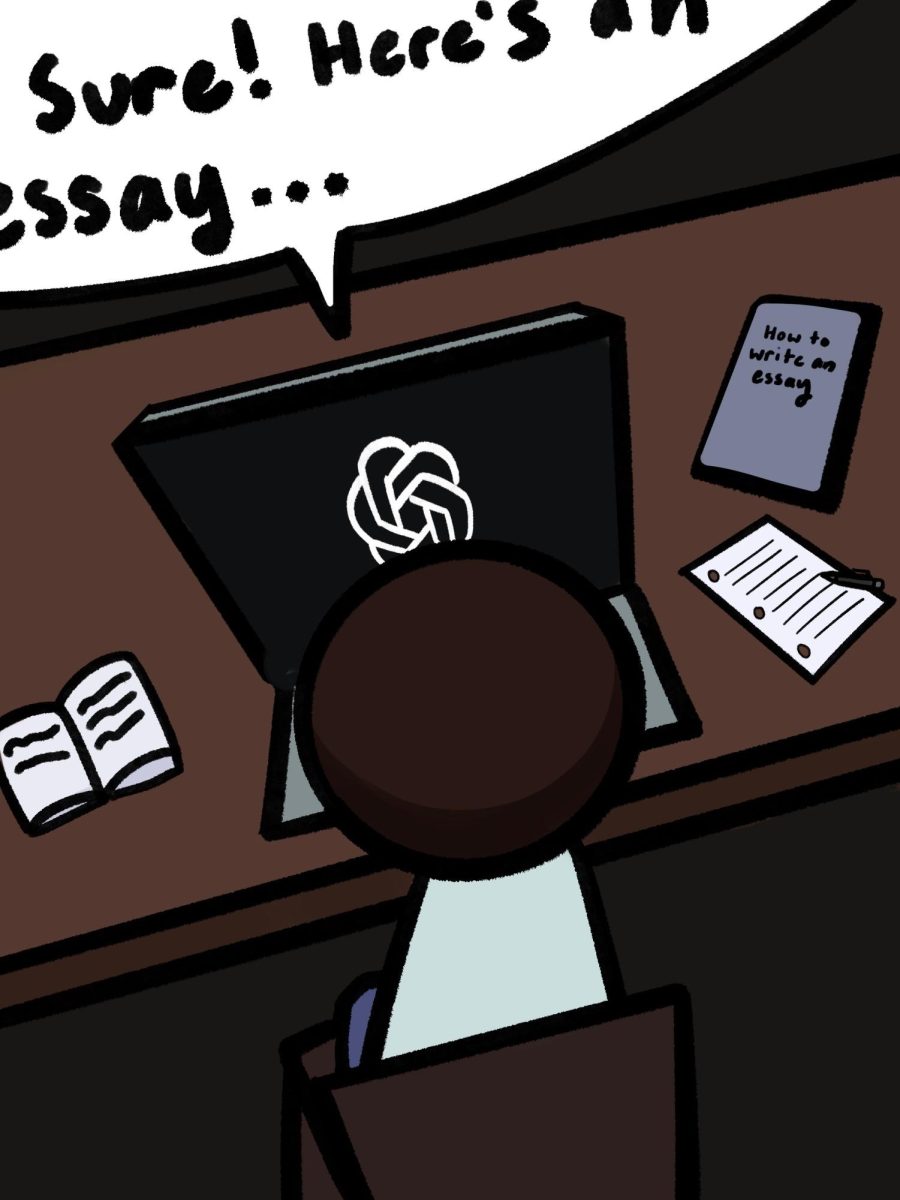Everyone loves the feeling of waking up on a winter morning to see white flakes flying outside and receiving the notification that school is closed due to a snowstorm. But how is the decision actually made?
While some students rely on an online Snow Day Calculator to get their hopes up, that’s not how it’s actually determined.
Superintendent Dr. Bob Hardis calls school off for snow days, as well as cold days, taking into consideration all types of effects from snowstorms.
“[The] number one priority is safety,” Hardis said. “…So that’s the starting point.”
“The first [people] we’ll…check with are the maintenance and ground workers,” he said. “Our Director of Operations is typically here in our parking lots and on our roads very early in the morning. And so I’ll check with them about what conditions they’re seeing on the ground in Beachwood.”
During the week of Jan. 15 we had two snow days: one on Wednesday, Jan. 17, due to extreme cold, and one on Friday, Jan. 19, due to a snowstorm. It sure made for a restful week for Beachwood students; however, the decisions for Hardis were hard to make.
“That Friday, I saw the predictions for steady snow throughout the day, which is what really pushed me to call off school,” he said. “My fear was that when [staff and students] were leaving for the day…that they could face really difficult commuting conditions.”
He also says that it is hard to make a decision on whether or not to close school on days with extreme cold, especially in Beachwood.
“Beachwood is a very small city. We have excellent bus route coverage, so we generally don’t have kids waiting outside for long periods of time for their buses,” Hardis said. “So to call off school because of the extreme cold is a hard one for me.”
He says that he takes into heavy consideration the logistics of getting to school in extreme cold conditions.
“So the concern on cold days, for me, is less about [the concerns of a snowstorm], but more about the logistics of getting to school,” he said. “[Staff having issues with their cars is a major concern in the extreme cold], and just making sure we have adequate staffing.”
One of the reasons why it is so difficult to call off snow days in Beachwood is due to unpredictable lake effect snow.
“[We sometimes do get lake effect snow, and] it can be hard because you can get a band that drops a lot in a highly localized area,” he said. “[In that situation] it can be hard for crews to keep up with clearing the roads.”
According to the National Weather Service (NWS), communities across the Great Lakes region face lake effect snow during the winter months.
“[It] occurs when cold air, often originating from Canada, moves across the open waters of the Great Lakes,” the NWS website states. “As the cold air passes over the unfrozen and relatively warm waters of the Great Lakes, warmth and moisture are transferred into the lowest portion of the atmosphere. The air rises, clouds form and grow into a narrow band that produces 2 to 3 inches of snow per hour or more.”
Lake effect snow is so unpredictable because it is heavily influenced by wind.
“The wind direction determines where the lake effect snow is going to go,” WOIO Channel 19 Meteorologist Jeff Tanchak said. “If you just picture Lake Erie, we get hit more with lake effect [snow] if it’s generally like a Western or northwest wind.”
“The longer the air molecule is over the water, the more moisture it picks up,” Tanchak said.
As air molecules travel west to east over Lake Erie, they pick up a maximum amount of moisture. If they traverse north to south due to a northerly wind, they don’t pick up as much moisture since there is less lake water in the north-south direction.
“This snow, with winds going from west to east, typically hits the eastern side of Cuyahoga County and counties to the east harder because of the geography,” Zachary Smith wrote on Cleveland.com.
The geography Smith is referring to is the cut that the Lake Erie shoreline makes to the northeast on the east side of Cleveland (refer to the picture below via Google Maps). With that cut to the northeast, the elevation in areas predominantly south of Interstate 90 is higher than that of Lake Erie, making snow totals higher in those areas, which creates the primary snow belt throughout Lake, Geauga and Ashtabula Counties. This primary snow belt receives much more snow than its neighbor, the secondary snowbelt, which includes the inner-East Side and Beachwood.

Tanchek explained that regular snowstorms are called synoptic systems.
“They impact a lot more people because [they’re] more widespread,” he said.
But some lake effect snowstorms are more localized.
“You could have a snow band, or a snow squall cutting right across Beachwood and [dumping] a lot of snow, but then if you go two to five miles north [or south] of Beachwood the sun may be out,” Tanchak said. “So it gets very dangerous driving in it because it may be fine in one spot, and then all of a sudden you run into a white out, and that’s what can create a lot of problems on the roads and cause accidents.”
Hardis says we’ve had more weather-related school cancellations than usual this year.
On top of the power going out on the second day of school due to severe weather, a snow day in November and the cold day and snow day in January, we will use another calamity day in April.
“We will have an eclipse later this year, [for which school will be canceled],” Hardis said. “Yes, for sure this year feels like more.”
“We are in a major snow deficit, and this has been a big El Niño winter,” Tanchek said.
“We are going to start to trend colder [before the end of winter],” he added.
Even with this trend to colder temperatures, he mentioned that we will most likely end the winter with a large snow deficit.




![“My parents have always said that education is important. My parents are Chinese immigrants, I'm Chinese American, [and that's a] value that has always been ingrained in our community,” said Senior Lyndia Zheng, pictured with Tony Zheng](https://bcomber.org/wp-content/uploads/2025/10/DSC_4244.jpg)









